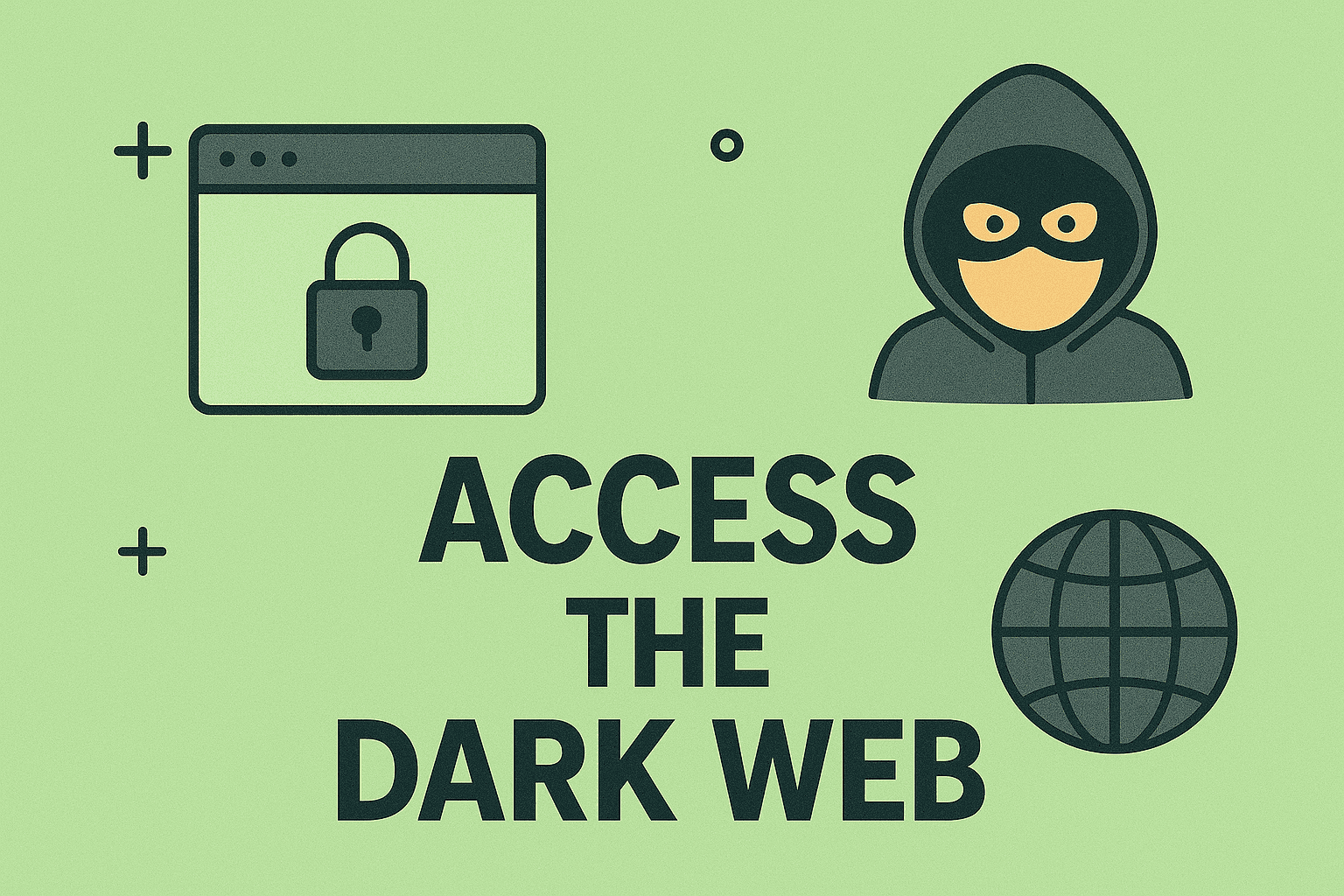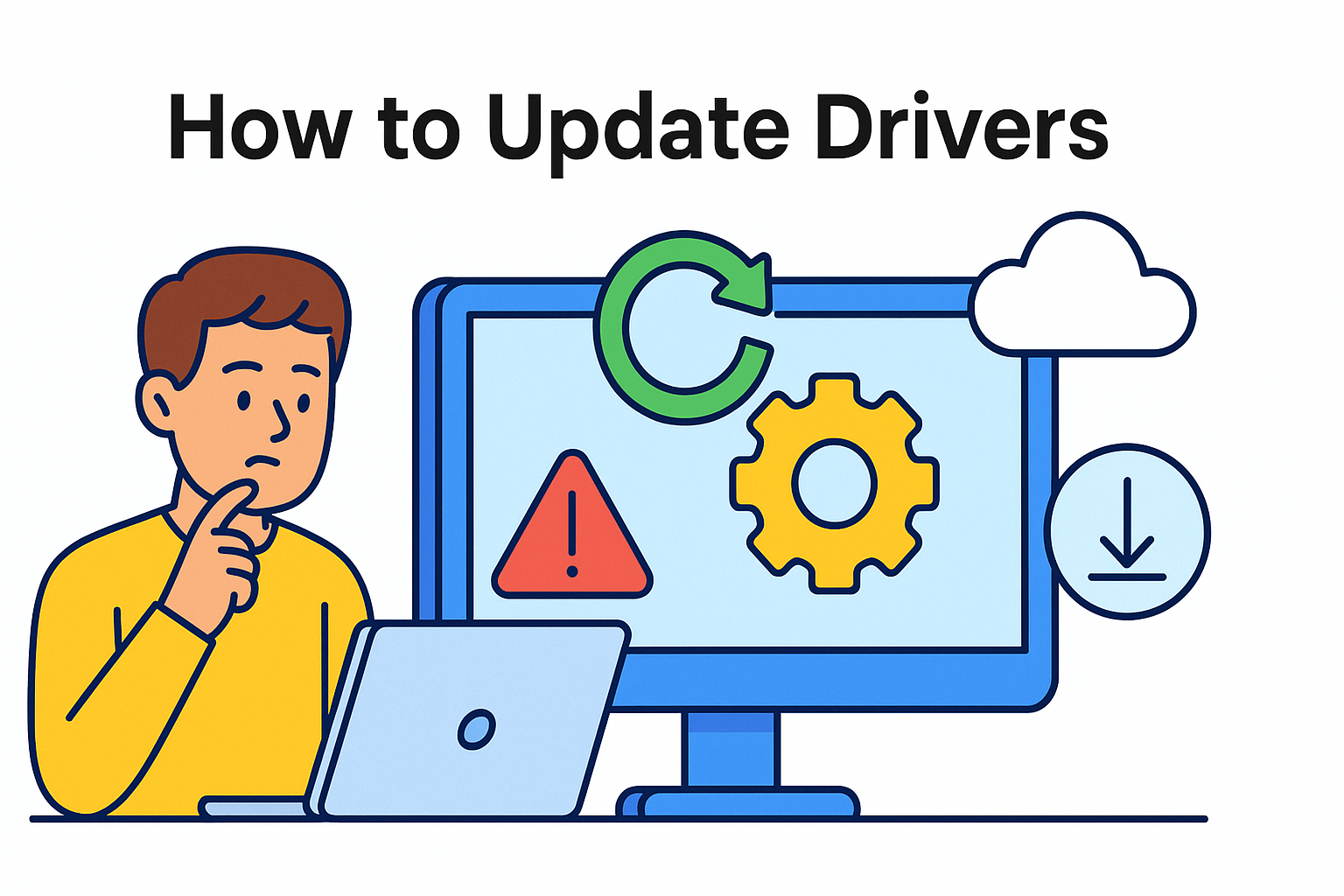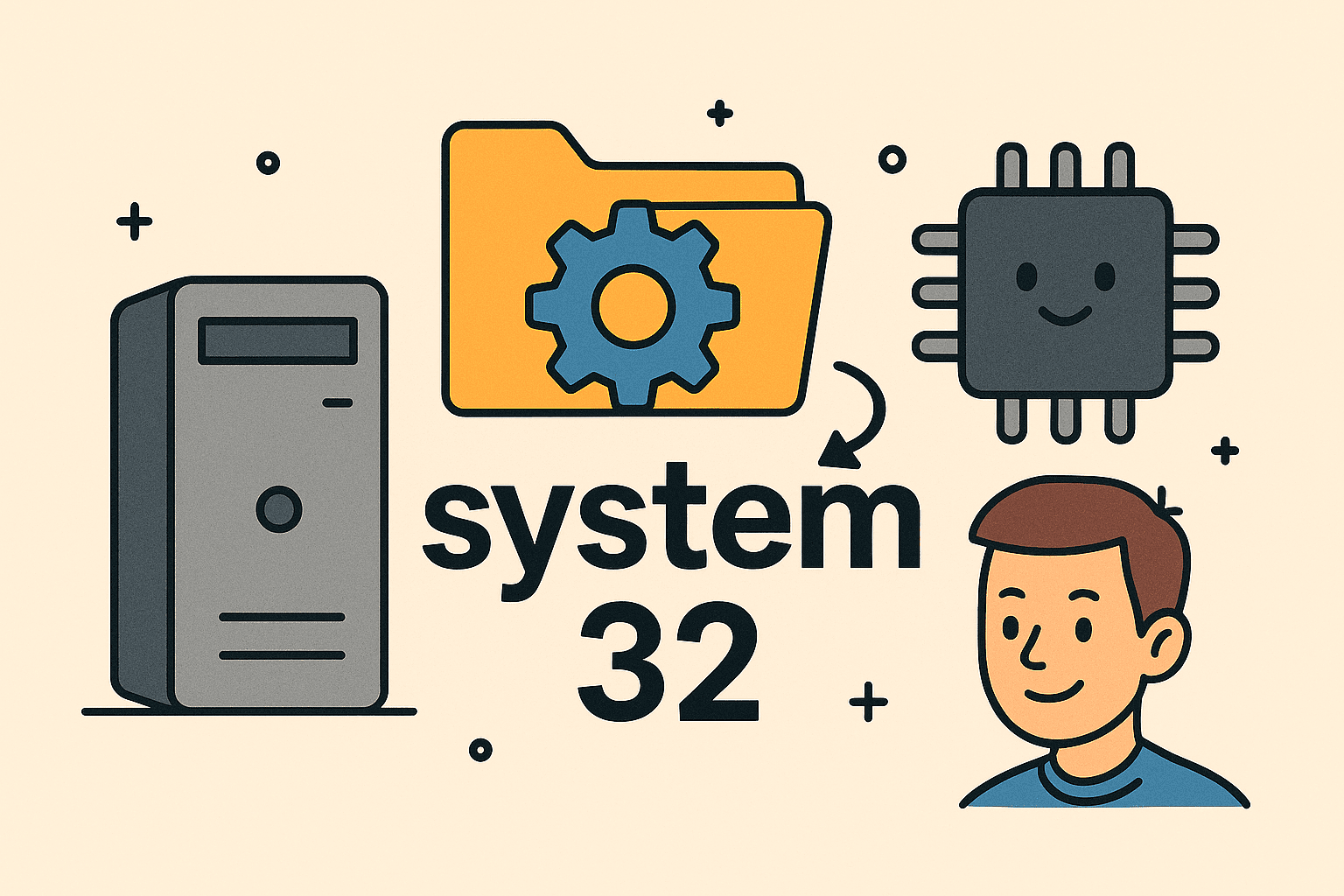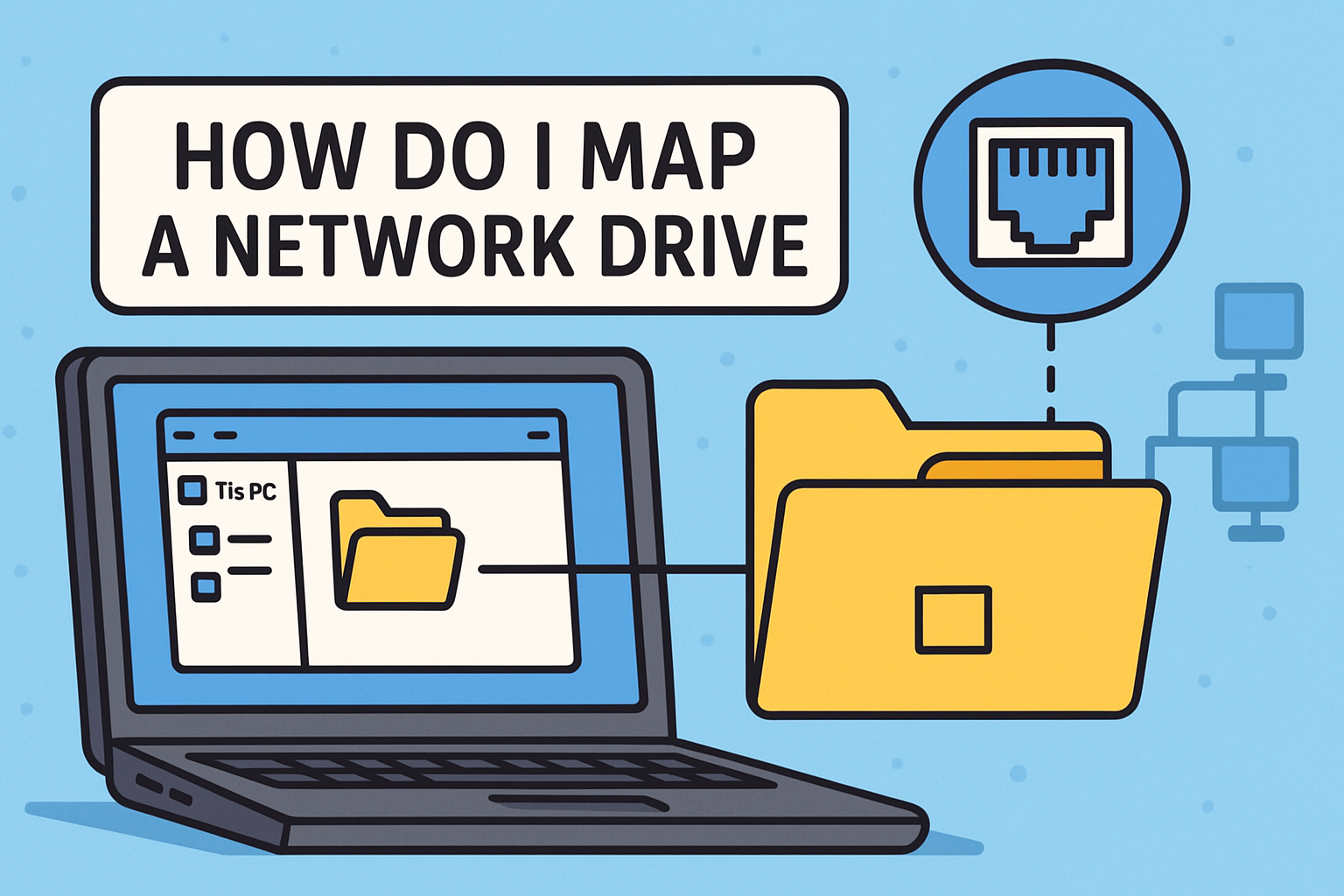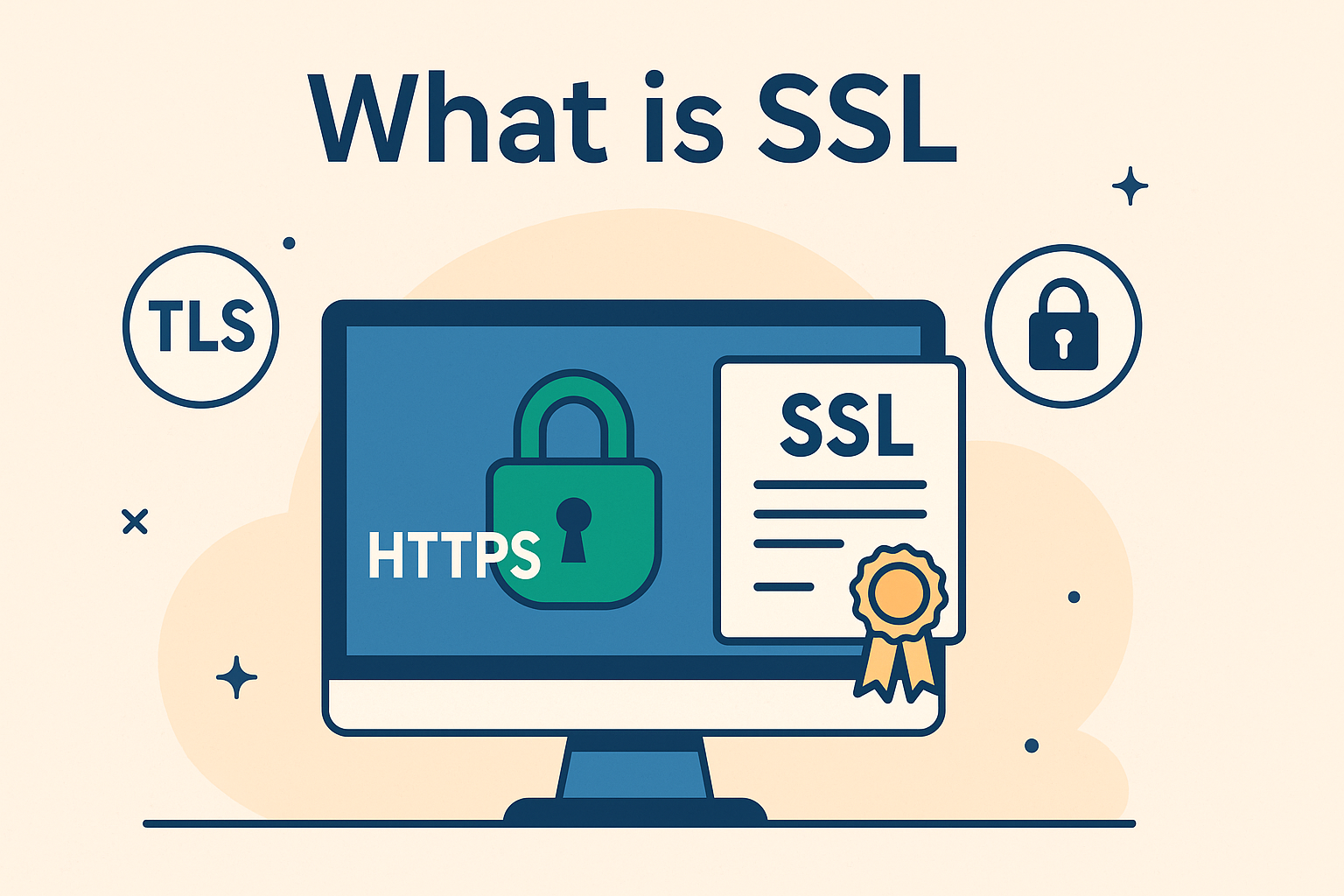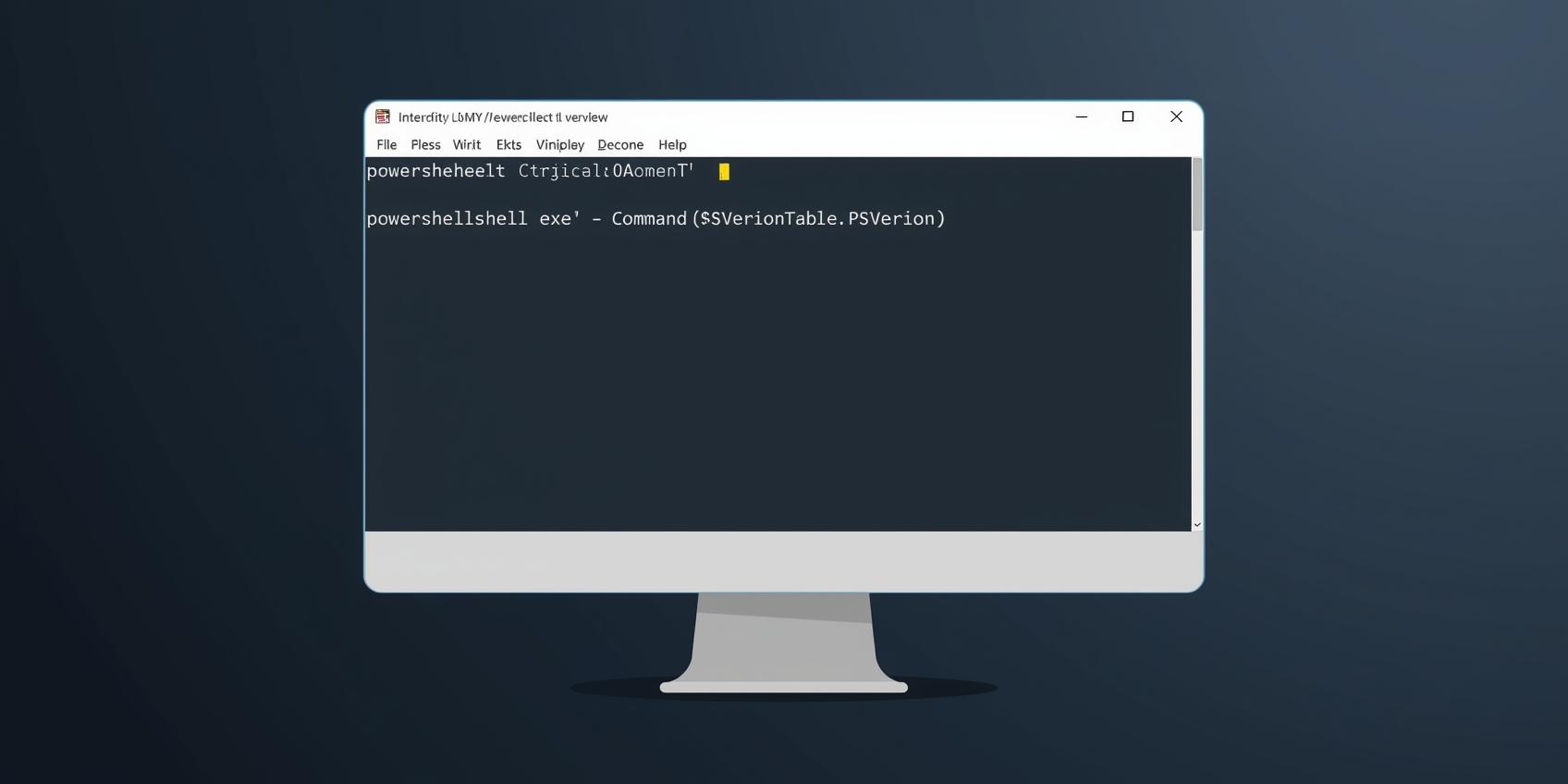The Business and Security Impact of DoS Attacks
Updated on June 26, 2025, by ITarian
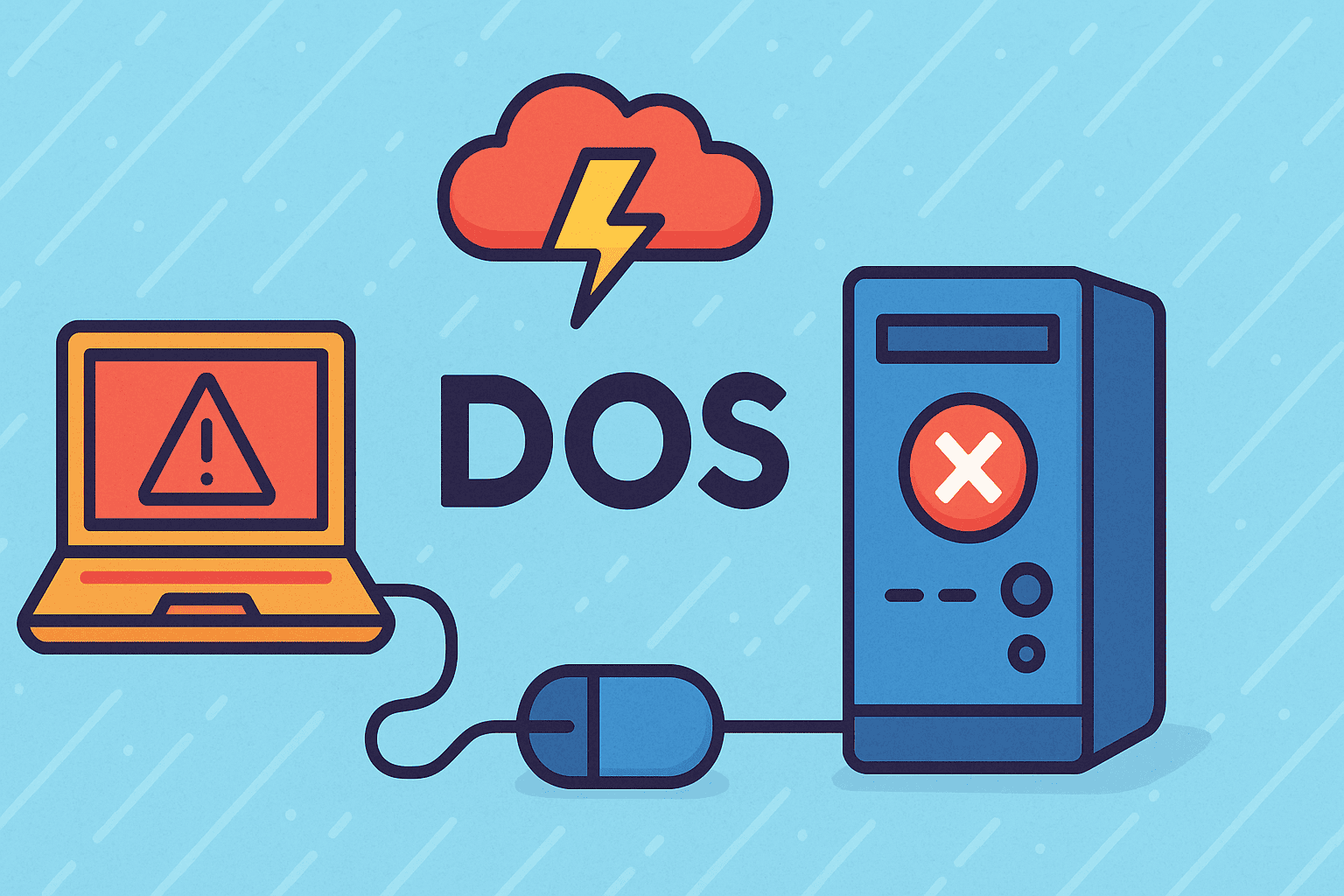
What if a single computer could bring your entire business to a halt?
In today’s digital world, even a brief system downtime can mean massive revenue loss, customer dissatisfaction, and security risk. Understanding how to DoS (Denial-of-Service) — not to carry one out, but to recognize, prevent, and defend against one — is critical for cybersecurity experts, IT managers, and CEOs alike.
In this guide, we’ll break down what is a DoS attack, the various types of DoS attacks, and most importantly, how to prevent DoS attacks effectively and ethically.
What Is a DoS Attack?
A Denial-of-Service (DoS) attack is a malicious attempt to disrupt the normal functioning of a website, server, or network by flooding it with overwhelming traffic or exploiting vulnerabilities. The goal? To make a service unavailable to its legitimate users.
Key Characteristics of a DoS Attack:
- Involves a single source flooding the target
- Often exploits system weaknesses
- Targets web servers, applications, or network infrastructure
These attacks are dangerous because they’re low-cost to launch but high-cost to defend against, especially for small to mid-sized enterprises.
Types of DoS Attacks You Must Know
There isn’t just one way to carry out a DoS attack. Let’s explore some of the most common and dangerous ones.
1. Volumetric Attacks
- Method: Floods the bandwidth of the network using tools like ICMP or UDP floods.
- Example: Ping of Death, Smurf Attack
2. Protocol Attacks
- Method: Exploits weaknesses in layer 3 and 4 protocols.
- Example: SYN Flood, Fragmentation attacks
3. Application Layer Attacks
- Method: Targets the application layer (Layer 7) by mimicking legitimate traffic.
- Example: HTTP floods, Slowloris
4. Logic Attacks
- Method: Triggers known bugs or flaws in a system’s software or hardware.
- Example: Sending malformed packets that crash servers
Each of these attack types requires a different detection and mitigation strategy, which is why understanding them is essential for defense planning.
How to DoS (for Educational Awareness Only)
⚠️ Disclaimer: This section is for cybersecurity awareness only. Unauthorized DoS attacks are illegal and unethical. Never perform a DoS attack on a system you do not own or have explicit permission to test.
Understanding how a DoS is carried out helps professionals recognize early warning signs and defend systems more effectively.
General Steps Attackers Might Take:
- Target Identification: Choose a vulnerable or high-value system.
- Traffic Amplification: Use tools to generate excessive packets.
- Execution: Launch flood traffic to overwhelm servers.
- Persistence: Sustain attack to maintain disruption.
Commonly used tools (again, for educational defense preparation only) include:
- LOIC (Low Orbit Ion Cannon)
- HOIC (High Orbit Ion Cannon)
- Hping3
This knowledge allows IT teams to harden systems, set traffic thresholds, and implement intelligent firewalls to block illegitimate traffic.
How to Prevent DoS Attacks: Best Practices
Now that you understand the tactics, here’s how to protect your organization.
1. Deploy a Firewall with Rate Limiting
- Block suspicious traffic patterns
- Set bandwidth limits to prevent saturation
2. Use an Intrusion Detection System (IDS)
- Monitor unusual traffic spikes
- Send alerts for protocol anomalies
3. Leverage Content Delivery Networks (CDNs)
- Distribute load across multiple servers
- Mitigates volumetric and application-layer attacks
4. Enable Auto-Scaling on Cloud Infrastructure
- Dynamically allocate resources during traffic surges
- Ensures continuity under stress
5. Conduct Regular Penetration Testing
- Identify system weaknesses before attackers do
- Use red team exercises to simulate DoS scenarios
Why DoS Defense Is a C-Level Priority
For CEOs, founders, and executive leaders, DoS attacks translate directly into:
- Lost revenue
- Damaged reputation
- Legal liabilities (especially under data protection laws)
Action Items for Leadership:
- Invest in cybersecurity education
- Establish incident response plans
- Appoint a Chief Information Security Officer (CISO)
- Integrate business continuity planning with DoS mitigation strategies
Ethical Considerations: DoS vs. DDoS
While a DoS attack comes from a single source, a DDoS (Distributed Denial-of-Service) attack originates from multiple compromised machines (a botnet). Understanding the distinction helps in response planning and legal framing.
Frequently Asked Questions
1. Is it illegal to perform a DoS attack?
Yes. Performing a DoS attack without permission is illegal in most jurisdictions and can lead to serious consequences including imprisonment.
2. What’s the difference between DoS and DDoS?
A DoS attack is launched from a single source, while DDoS involves multiple distributed systems, making it harder to mitigate.
3. Can a firewall stop a DoS attack?
To some extent. Advanced firewalls with behavior analysis and rate-limiting features can mitigate many DoS attacks, but not all.
4. How can I tell if my network is under a DoS attack?
Signs include:
- Unusually high traffic volumes
- Sluggish or unresponsive systems
- Network timeouts or crashes
5. Should I notify authorities about a DoS attack?
Yes. Always document the attack and report it to national cybercrime units or agencies like CERT or the FBI (in the U.S.).
Final Thoughts
In a world where downtime equals disaster, understanding how to DoS from a defensive standpoint empowers security professionals and executives to better protect their infrastructure. From knowing what a DoS attack is to recognizing the types of DoS attacks and proactively learning how to prevent DoS attacks, knowledge is your first and strongest line of defense.
Ready to Protect Your Business from DoS Attacks?
Take the next step in your cybersecurity journey. Start your free trial of Itarian’s advanced threat protection platform now.

